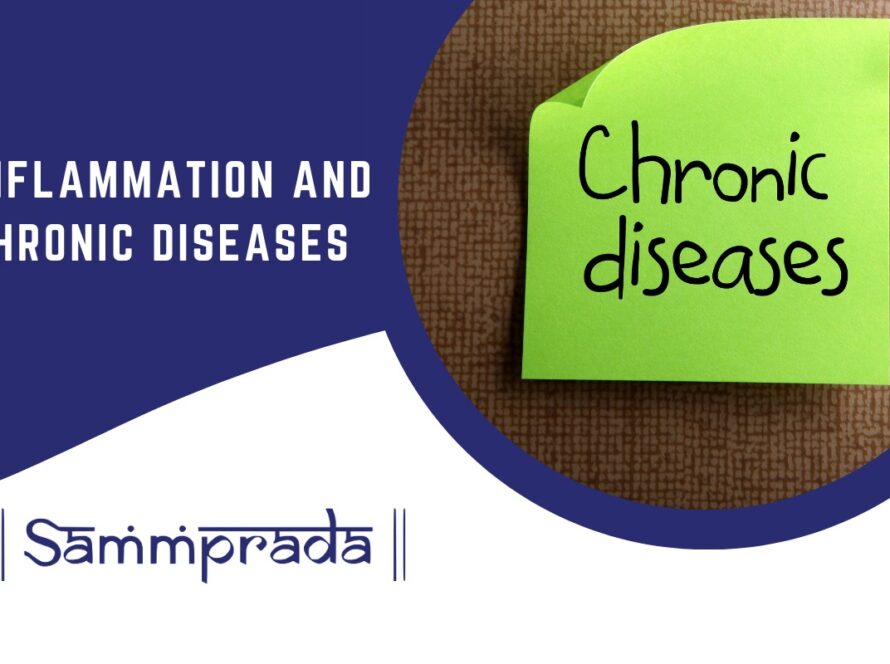In India, cancer morbidity is projected to reach 1.57 million cases by 2025—almost double the number reported in 1990. In 2022, the World Health Organization (WHO) documented approximately 14.1 lakh new cancer cases and 9.1 lakh deaths attributed to cancer in India. With the increasing prevalence of pre-diabetes, hypertension, cardiovascular disease, depression, and other mental health disorders, India is now being referred to as the cancer capital of the world.
Urban-Rural Disparities in Cancer Trends
A significant heterogeneity exists in cancer incidence and outcomes across different states and between urban and rural populations. Urban areas have better access to diagnostics and treatment, while rural populations often face inadequate healthcare infrastructure and poor awareness.
Poor Cancer Screening Rates in India
Early detection remains a critical component of reducing cancer morbidity in India, yet screening rates are alarmingly low. For example:
- Breast cancer screening is 82% in the US, 70% in the UK, 23% in China, but only 1.9% in India.
- Cervical cancer screening is 73% in the US, 70% in the UK, 43% in China, and just 0.9% in India.
This highlights the urgent need to improve cancer awareness in India.
Lifetime Risk and Attributable Risk Factors
It is estimated that 1 in 9 Indians will develop cancer in their lifetime. The rising cancer incidence in India is attributed to:
- Population growth and aging
- Enhanced diagnostic capabilities
- Unhealthy lifestyle habits such as smoking, alcohol use, poor diet, obesity, and sedentary behavior
Tobacco-related cancers, including lung, oral, and throat cancers, constitute nearly 40% of total cancer cases in India.
Leading Cancer Types and Demographic Insights
- Lung cancer is the most common in males, while breast cancer is the most common among females.
- The incidence rate is higher among females (105 per 100,000) than males (95 per 100,000).
- The average age of breast cancer diagnosis in India is 52 years, compared to 63 in the US and Europe.
- For lung cancer, the diagnosis age is 59 years in India versus 70 years in the West.
- Notably, 30% of colon cancer patients in India are below 50 years
Challenges in Cancer Treatment and Care
Several barriers affect outcomes and treatment efficacy in India:
- Late-stage presentation of patients
- Inadequate cancer care facilities in rural areas
- Low levels of cancer awareness in India
- High treatment costs and limited insurance coverage
- Inconsistent treatment protocols across hospitals
Emerging Cancer Trends and Government Initiatives
While breast and lung cancer rates remain stable, there’s a notable rise in other types, such as lymphoma, prostate, pancreatic, and colorectal cancers. In response, the Indian government has introduced:
- Cancer screening programs in public sector hospitals
- Vaccination initiatives against HPV and Hepatitis B as key cancer prevention strategies in India.
Advancements in Cancer Therapeutics
India is witnessing promising progress in cancer treatment:
- Surgical advancements include robotic surgeries, organ-conserving techniques, and prosthetic improvements.
- Medical oncology has benefited from targeted therapies, immunotherapies, anti-angiogenic drugs, hormone therapies, and next-gen antimicrobials.
- Radiation oncology has evolved with Cyberknife technology, brachytherapy, and combination chemo-radiotherapy approaches.
Conclusion
Despite the rising cancer morbidity in India, recent advancements in treatment and increased focus on cancer prevention strategies in India offer hope. A concerted effort in public awareness, early screening, infrastructure improvement, and equitable access to care is essential to curb the growing burden of cancer incidence in India.


